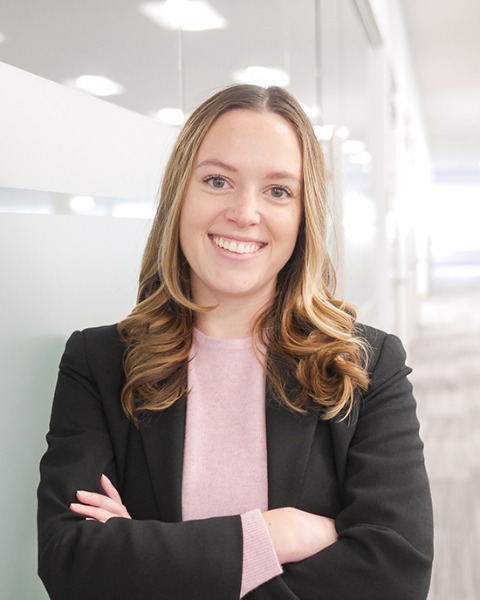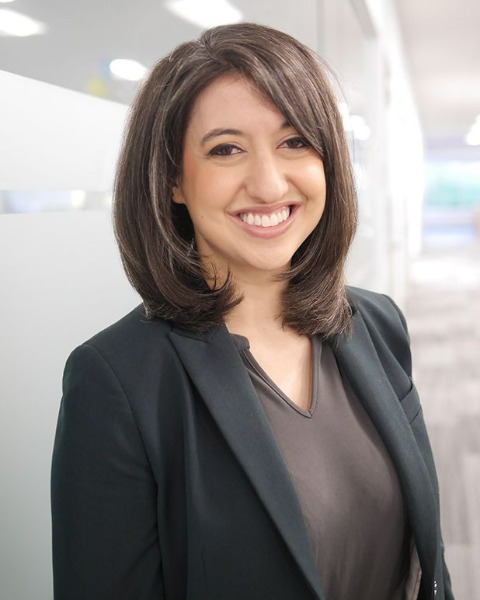Amplification and Assistive Devices (AAD)
(PP303) Investigating the Efficacy and Convenience of a Synchronous Remote Programming Tool

Maddie Olson, AuD
Research Audiologist
Starkey Hearing Technologies
Eden Prairie, Minnesota, United States
Lori Rakita
Director of Clinical Research
Starkey
Lead Presenter(s)
Contributor(s)
The benefits of teleaudiology in removing barriers to patient care are numerous. However, ensuring quality of care when serving patients remotely is essential. The current study investigated the feasibility of using teleaudiology to complete a hearing aid fitting appointment. The accuracy of in-situ hearing thresholds and resultant fittings were assessed as compared to traditional fitting methods. Secondly, participants were asked to rate their confidence in a remote platform to complete a first fit and follow-up fitting. Results indicated that a remote teleaudiology platform is a viable option to complete a hearing aid fitting, with important implications for hearing aid users.
Summary:
Telehealth (i.e. teleaudiology) has many potential benefits for audiology patients, including improved access to audiology services in rural or underserved areas and reducing travel to visit with a hearing professional (Krapinski, 2015). Further, research shows that appointment convenience is one of the top non-audiological motivators to seek healthcare services, and inconvenience is often cited as a significant barrier to pursuing healthcare (Barnett et al., 2017). Currently, patients may delay receiving hearing aids up to 8.9 years (Simpson et al., 2019), even after discovering they are hearing aid candidates. The benefits of teleaudiology have tremendous implications on the provision of hearing healthcare. However, these benefits are only realized with a teleaudiology platform that provides an accurate fitting and the flexibility to make fine-tuning adjustments based on a patient’s needs.
The current study was designed to assess the accuracy of several key components of a synchronous remote programming platform: the in-situ thresholds, fine-tuning adjustments, and resultant audibility of the final fitting. Additionally, the current study particularly focused on the perspective of hearing aid users, and the degree of confidence with which they felt a hearing professional could meet their hearing aid needs through a remote platform. Experienced hearing aid users were of interest so there could be direct comparisons made by individuals who had experienced the “traditional” in-person fitting experience. Finally, the experienced hearing aid users were asked if the availability of a remote platform would have encouraged them to pursue hearing healthcare sooner.
30 experienced hearing aid users with sensorineural hearing loss participated in this study. Fifteen participants had mild to moderately severe hearing loss and were fitted with Completely-In-the-Canal (CIC) hearing aids. Fifteen participants had severe to profound hearing loss and were fitted with Power Plus Behind-The-Ear 13 (PP BTE 13) devices.
In-situ thresholds were obtained and compared to traditional booth thresholds. A verification of audibility of soft sounds and comfort of loud sounds was completed, and fine-tuning changes were made remotely, as needed. Resultant hearing aid fittings using the in-situ thresholds were compared to the first fit established using the traditional thresholds. Questionnaire data was collected following the remote fitting session to establish the participant’s level of confidence in remote fitting as a method for completing a hearing aid fitting appointment.
Overall, results indicate that the synchronous remote programming tool is a robust and efficacious tool for the virtual patient. The results indicated that in-situ audiometry yielded statistically equivalent thresholds to traditional booth thresholds. Additionally, the resultant hearing aid fittings created from the in-situ and traditional thresholds were, on average, within 5 dB across all hearing aid channels. Finally, participants expressed confidence that a remote first-fit or fine-tuning appointment completed remotely could be a suitable replacement for an office visit, particularly for a follow-up visit. Over one-third of the participants stated that he/she would have pursued hearing healthcare sooner if the teleaudiology platform was available at the time their hearing loss was identified. The results have significant implications for the ability of teleaudiology to remove barriers to hearing healthcare.
Learning Objectives:
- Evaluate applications of a hearing aid manufacturer’s app-based synchronous remote programming tool.
